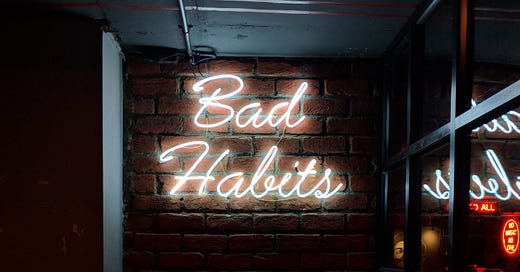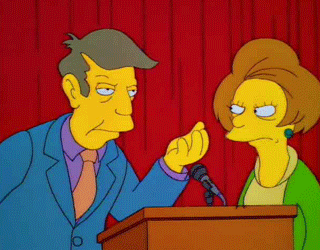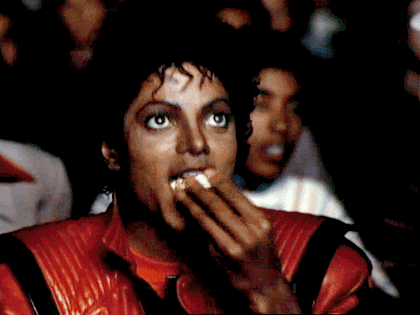Twitter becomes an expensive habit
You'll need to pay to stay verified; how many power users will take the plunge into Blue?
Social media has been "pay to play" for ages; when I was at We Are Social in 2014, we did an extensive analysis showing that organic reach on Facebook had dropped significantly for brands. That trend has only continued to grow, impacting every platform apart from LinkedIn.
But paying to play generally means using advertising to boost or promote posts in people's feeds. It's never before equated to "buy a membership to my club". But that's where Twitter is going, at least for celebrities/influencers/journalists.
In case you haven't been keeping up with all the crazy things the lunatic in charge of Twitter has been doing, his latest wheeze is to remove the blue tick mark from previously verified users unless they sign up for Twitter's Blue subscription service.
Organisations and businesses can also remain verified, getting a yellow tick (oooh innovation) for $1,000 per month - employees of those 'yellow' organisations can then be verified for an additional $10 per month per employee.
Many have questioned whether Musk has a concrete plan for Twitter. It certainly feels that the platform's previous predilection for chaos has only amplified exponentially since Musk took charge late last year. But maybe that's because every single one of his tweets gets so much attention; zoom out and look at the bigger picture, and the semblance of a plan starts to materialise.
Cut costs, worry less about reputation and governance, and focus on converting the site's power users into paying customers (while simultaneously attempting to drive down coordinated bot and puppet account swarm activity).
It may not be a traditional plan, particularly regarding the poop emoji approach to reputation, but it IS a plan. And it will be fascinating to see how it plays out.
Firstly, plenty of people have been prophesying the death of Twitter since the start of the year. One Friday night, a lot of Twitter OGs in my feed got misty-eyed, sharing their Mastodon handle and waving goodbye to the platform. That kind of spectacular crash and burn has been wildly overplayed. Partly because that's not how platforms die and partly because people who love Twitter can't quit it.
I once likened Twitter to printers because it's a necessary evil (like having a printer). These days Twitter seems to be more like cigarettes. The people who use the platform most are addicted to it; they know it's bad for them, but they find it hard to quit.
Will those power users approach being forced to pay for Twitter like smokers approach regular tax increases on a pack of Marlboro Lights and keep paying and using regardless? Or will this be the reckoning that forces them to look elsewhere for their social media dopamine hit?
It's an absolutely fascinating large-scale experiment Elon Musk is running; high risk, but if he can get more than the current 0.08% of accounts to pay for Blue, it could pay off. 237 million MDAUs; apparently 25% of those create 97% of tweets. 50% of those most active accounts signing up for Twitter Blue (unlikely but perhaps a long-term goal) would generate around $2.8 billion annually.
Regardless of the financials, Twitter has been a tiered platform for ages anyway, so focusing on those addicted to the platform makes sense. Almost half of Twitter's users in the EU use the platform without logging in; they want to know what's going on but don't want to tweet. Pushing "verified" accounts to the front of their attention again has some logic.
The "will you quit if you’re forced to pay" experiment also significantly impacts brands' and businesses' future on Twitter. Many clients have asked us how they should approach Twitter under Elon Musk. Our advice has been to use caution, particularly around brand safety, but also follow audience behaviour. If your key audiences - journalists, MPs or analysts - are still hooked on Twitter, it's worth staying on there. If they've defected to LinkedIn or Reddit or Instagram, you should follow them.
So if Twitter's power users go for Twitter Blue, it makes sense for brands and businesses to go for Twitter Yellow (is that what they're calling it?). $1,000 a month is nothing for big brands with multi-million dollar advertising budgets. Even for smaller businesses with constraints around their paid advertising budgets, $1,000 a month could be a sensible investment if it guarantees organic reach.
Our advice is, as ever, don't be hasty - watch what your audience does and pay close attention to your analytics. Just because a plan seems crazy doesn't necessarily mean it won't work. Human beings are joyously unpredictable and contradictory in how they act. It may well be that the subscription economy is the future of social media. And it could equally be yet another diversion in social's slow and steady decline.
Break out the Michael Jackson eating popcorn GIFs; I can't wait to see how this pans out.





